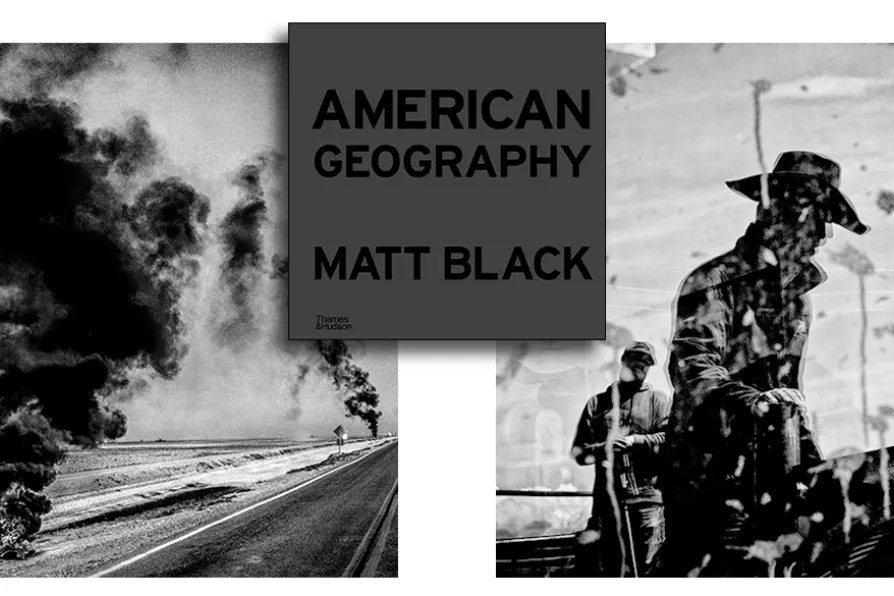JOE GILL speaks to the Palestinian students in Gaza whose testimony is collected in a remarkable anthology

 (Left) Burning tires, Corcoran, California, 2014; (right) Alturas, California, 2016
[Matt Black]
(Left) Burning tires, Corcoran, California, 2014; (right) Alturas, California, 2016
[Matt Black]
Matt Black: American Geography
Magnum Gallery and online 63 London
AMERICAN GEOGRAPHY explores themes of inequality against the backdrop of the American Dream. The exhibition will coincide with the launch of Black’s eponymous book by Thames & Hudson.
For those who wish to know and who are willing to dig beneath the mounds of Hollywood tinsel, the TV soap operas and the US’s own propaganda, it is no secret that the richest country on Earth has not only the greatest gulf between rich and poor but also huge numbers of very poor people, left behind by the American dream.
Even for those reasonably well off, falling into the poverty sink hole is always only a few steps away. Black documents that world the US elite wishes to hide from its own people and the rest of the world.
In 2013, he began photographing isolated communities in California’s Central Valley, the rural, agricultural area where he lives. In 2015, he expanded the project to encompass the United States as a whole and completed his first cross-country trip, a three-and-a-half-month journey visiting dozens of communities across 28 states.
Since then, he has completed four additional trips, travelling over 100,000 miles and making work across 46 states. He discovered that he could cross the country without ever emerging above the poverty line.

MIKE COWLEY welcomes half a century of remarkable work, that begins before the Greens and invites a connection to — and not a division from — nature

JOHN GREEN is stirred by an ambitious art project that explores solidarity and the shared memory of occupation












